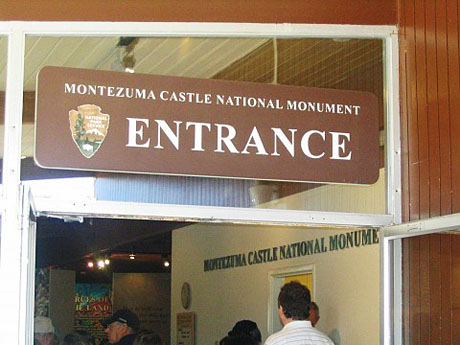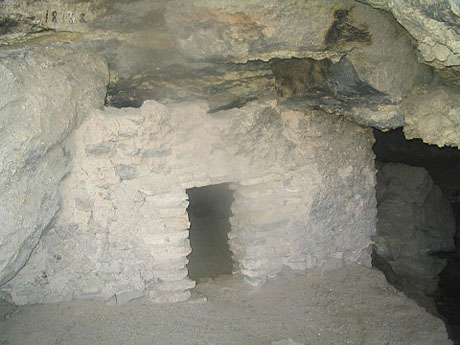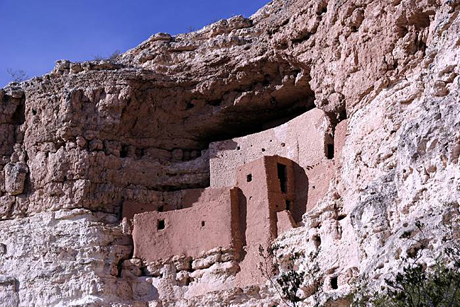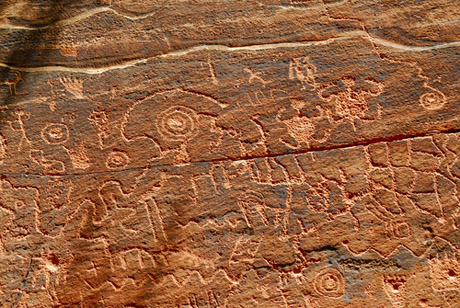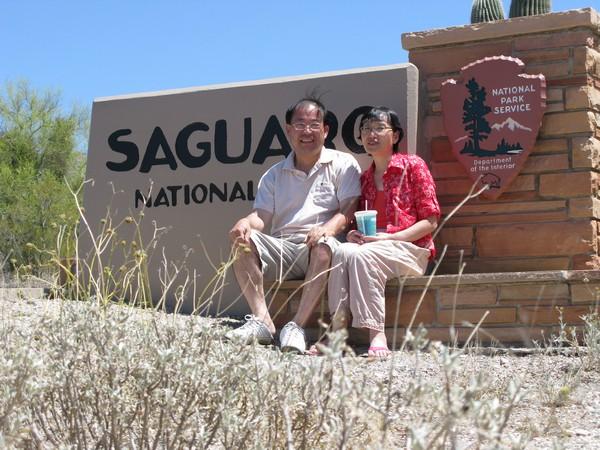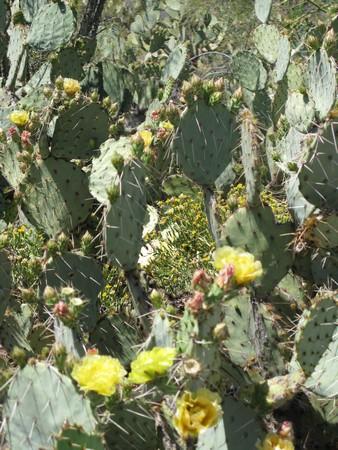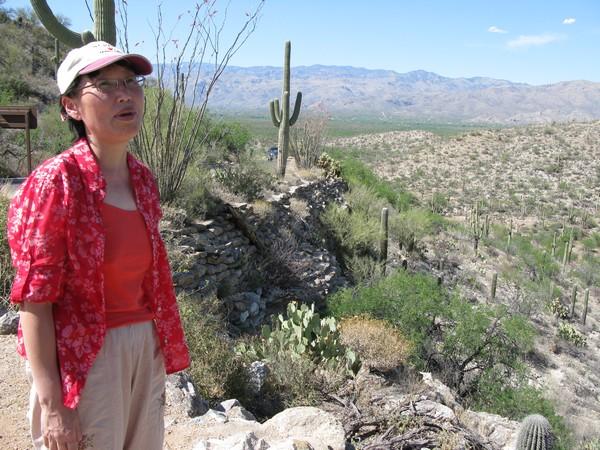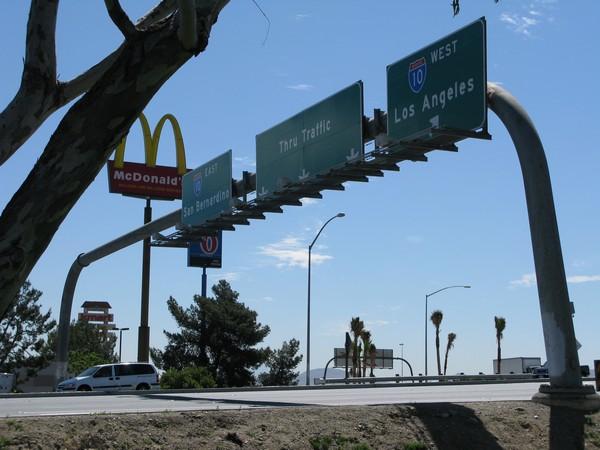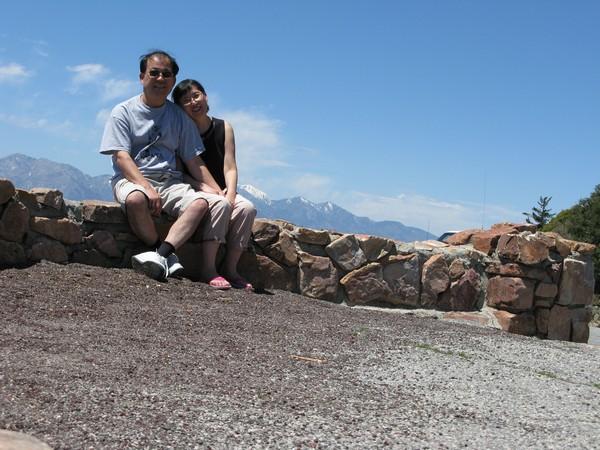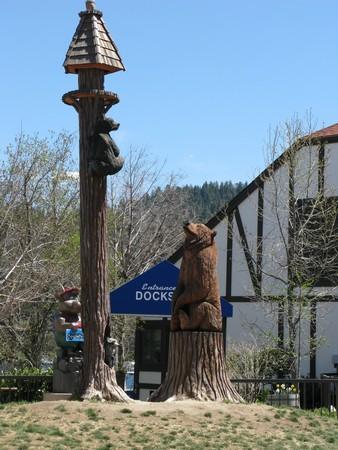US:AZ - Montezuma Castle National Monument
Montezuma Castle National Monument
Montezuma Castle National Monument, located near Camp Verde, Arizona, in the Southwestern United States, features well-preserved cliff dwellings. They were built and used by the Pre-Columbian Sinagua people around 700 AD. Several Hopi clans trace their roots to immigrants from the Montezuma Castle/Beaver Creek area. Clan members periodically return to their former homes for religious ceremonies. When European Americans discovered them in the 1860s, they named them for the Aztec emperor of Mexico Montezuma II, due to mistaken beliefs that the emperor had been connected to their construction
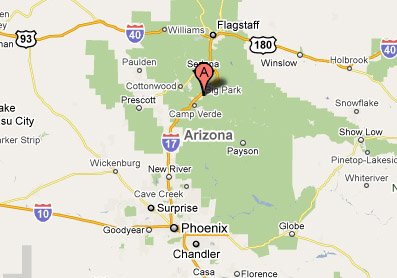
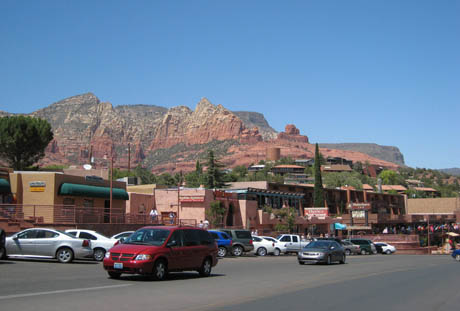
The last known record of Sinagua occupation for any sites are for Montezuma Castle National Monument around 1425 AD. The reasons for abandonment of their habitation sites are not yet known, but warfare, drought, and clashes with the newly-arrived Yavapai people have been suggested. The five-story stone and mortar dwellings contain 20 rooms and once housed about 50 people. A natural overhang shades the rooms and shelters them from rain. Another part of the cliff wall bears the marks of an even larger dwelling, which has not survived. The dwellings and the surrounding area were declared a U.S. National Monument on December 8, 1906. The National Monument was listed on the National Register of Historic Places on October 15, 1966.[2] This is an easy monument to visit, a short distance off Interstate 17, exit 287. There is a paved trail of 1/4 mile from the visitor center along the base of the cliff containing the ruins. Access to the ruins has not been allowed since 1950. The visitor center includes a museum about the Sinagua and the tools they used to build the dwellings.[3] There is also a gift shop.
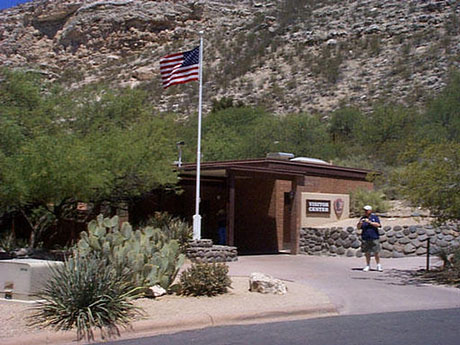

Montezuma Well (Yavapai: Ahakaskyaywa) is a natural limestone sinkhole near Rimrock, Arizona through which some 1,400,000 gallons of water flow each day. It is located 11 miles (18 km) northeast of the castle. The water is highly carbonated and contains high levels of arsenic. At least five endemic species live only in the Well: a diatom, a springtail, a water scorpion, an amphipod (Hyalella montezuma), and a leech (Erpodbella montezuma) -- the most endemic species in any spring in the Southwestern United States[4]. Montezuma Well's outflow has been used for irrigation since the 8th century. Part of a prehistoric canal is preserved at the picnic ground, and portions of the original Hohokam(?) canal are still in use today. In 1968, Montezuma Well was the subject of the first ever underwater archaeological survey to take place in a National Park, lead by archaeologist George R Fischer. The Yavapai people believe they emerged into this world through the well, and as such, it is a very sacred place to them

